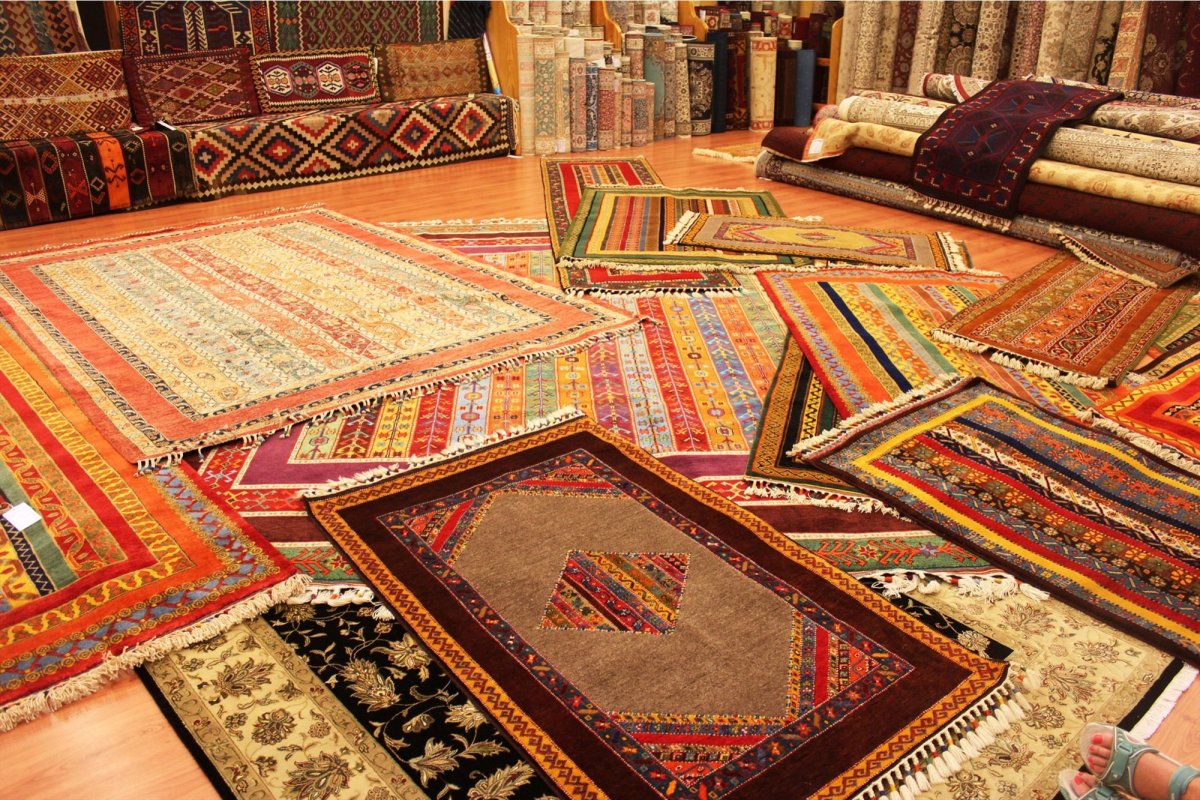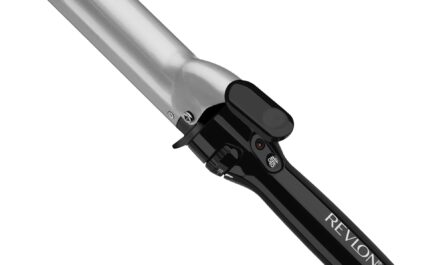History and Tradition of Rug Making in the Middle East
The art and tradition of rug making has deep roots in Middle Eastern cultures going back thousands of years. Some of the earliest known carpets were discovered in Persian archaeological sites dating back to the 6th century BC. Rug making was an important craft that provided income for many families and communities throughout the region. Specific knotting and weaving styles developed based on the materials and techniques used in different areas. Over generations, rug making became ingrained in the cultures and traditions of countries like Iran, Turkey, Morocco and others. Complex patterns, vibrant colors and high quality materials came to define carpets from the Middle East.
Iranian Carpet Weaving Techniques
Iran is renowned worldwide for its hand-woven carpets, with a history of Middle East Flooring and Carpet weaving stretching back more than 2,000 years. Various rug designs and techniques developed based on the specific regions of Iran. Some common Iranian carpet weaving styles include Kashan rugs known for their intricate floral patterns, Tabriz rugs featuring bold geometric designs, Isfahan rugs with their medallion centerpieces and Heriz carpets done in simple village designs. The classic Persian rug is made using the traditional technique of double knotting. Artisans spend countless hours carefully knotting wool or silk threads by hand to create dense, durable carpets. Pile heights can vary greatly depending on the desired depth, texture and softness. Paying close attention to detail helps Iranian rug weavers craft carpets that are true works of art.
Turkish Carpet Weaving Traditions
Turkey has long been one of the premier producers of finely crafted oriental rugs. Major flooring and carpet regions include Milas, Ladik, Hereke and Gordes. Unlike the Persian style of rug making, Turkish knotting techniques mainly use symmetrical knots which lay flatter. Common designs seen in Turkish rugs include geometric motifs, botanical styles featuring plants indigenous to Anatolia and medallion patterns. Wool is the most frequently used fiber, often locally sourced, with silk also featured in high end products. Hereke, known as “the Carpet of Kings”, is revered for delicate hand-painted silk carpets produced through a complicated process. Turkish rug weavers take great pride in their multigenerational craftsmanship focused on quality, vibrant colors and detailed artistry.
Moroccan Zellij Tilework and Floor Coverings
While carpets are also woven, geometric patterned zellij tilework widely defines Moroccan flooring. Zellij are intricate hand-cut ceramic tiles laid closely together in mosaic patterns. Common motifs seen throughout Moroccan architecture include Arabesques, stars, squares and floral forms. Color schemes tend towards vibrant blues, greens, gold and whites. Zellij tile floors can be found adorning palaces, mosques, madrasas and riads. Traditional Berber carpets from areas like Chiadma and Srifalso showcase geometric and floral motifs, with bold saturated hues. Woven wool or a combination of wool and cotton bring a rustic aesthetic. Zellij tilework and carpets embody the skilled craftsmanship and lavish decorative styles synonymous with Moroccan design traditions.
Contemporary Trends in Middle Eastern Carpet Design
While honoring established weaving techniques, Middle Eastern artisans also incorporate contemporary trends into their Middle East flooring and carpet designs. For example, some Iranian rug producers have modernized classic patterns with geometric abstractions in bright neon tones. This appeals to younger buyers with more progressive tastes. Turkish and Moroccan rug makers experiment with organic shapes and organic motifs drawing inspiration from nature. Florals, vines and abstract landscapes feature prominently. Sustainable production has become important, with some companies using recycled materials and natural colorants. For hotels, restaurants and offices, Middle Eastern design houses offer custom large format carpets in contemporary patterns. They provide solutions for modern interiors without sacrificing the artistic integrity of traditional rug making techniques. These innovations help the Middle Eastern flooring and carpet industry continue thriving globally.
Buying Middle Eastern Rugs and Floor Coverings
When shopping for fine Middle East Flooring and Carpet coverings, quality and construction matter greatly. For hand-knotted rugs, higher pile thickness and knot counts denote finer craftsmanship. Materials like silk signal luxury. Ensure dyes are colorfast by checking for potential fading. Consider authenticity, with hallmarks like country of origin, craft shop or weaver attribution adding value. For zellij tile flooring, inspect grout lines and overall installation quality. Seek out showrooms, auctions or reputable online retailers selling vetted antique pieces or contemporary designs from credible workshops. Major buying centres can be found in cities like Istanbul, Tehran, Fez and Dubai. With care and maintenance including regular cleaning, high-end Middle Eastern textiles will last for generations as decorative art pieces.
*Note:
1. Source: Coherent Market Insights, Public sources, Desk research
2. We have leveraged AI tools to mine information and compile it



